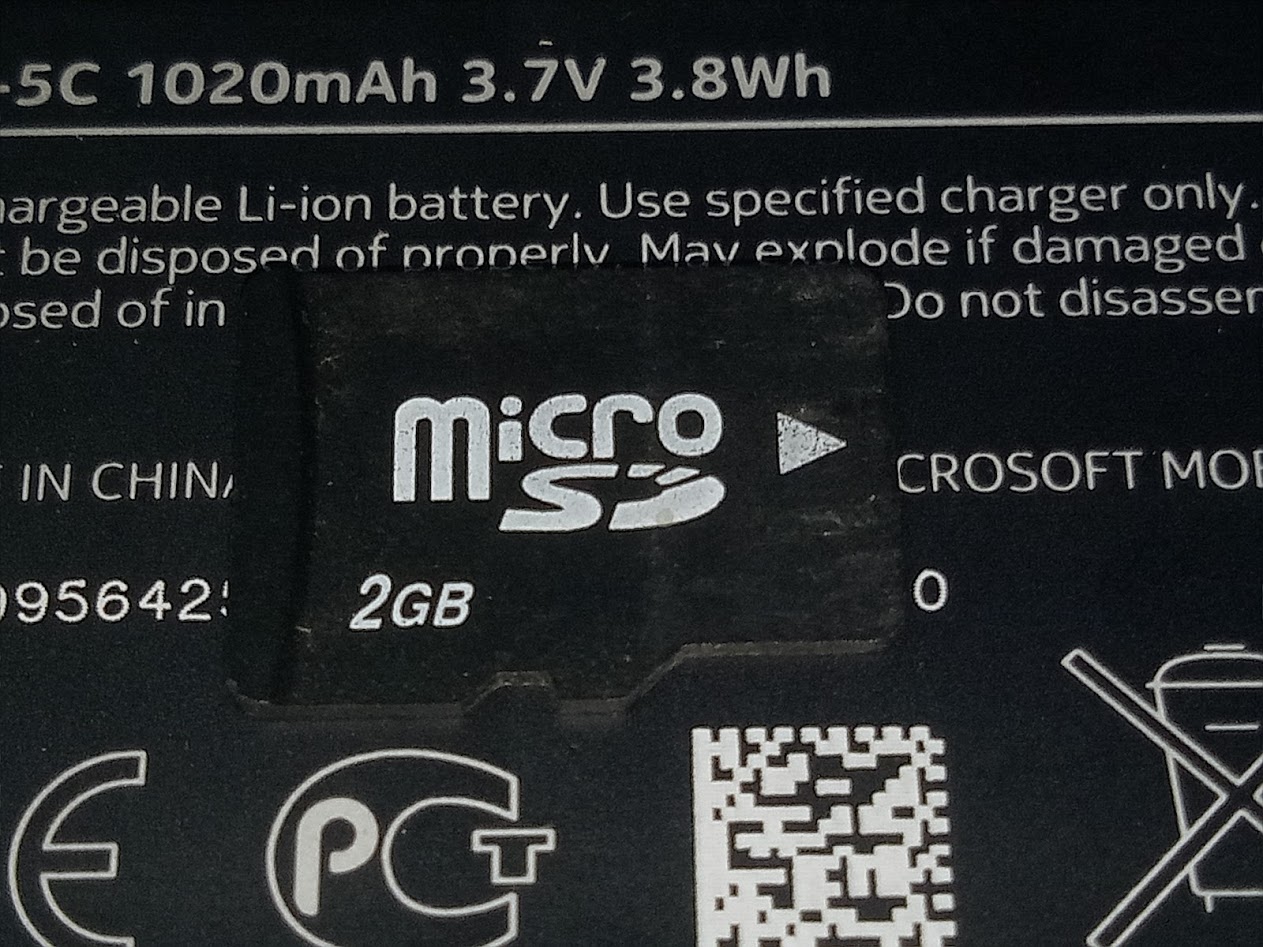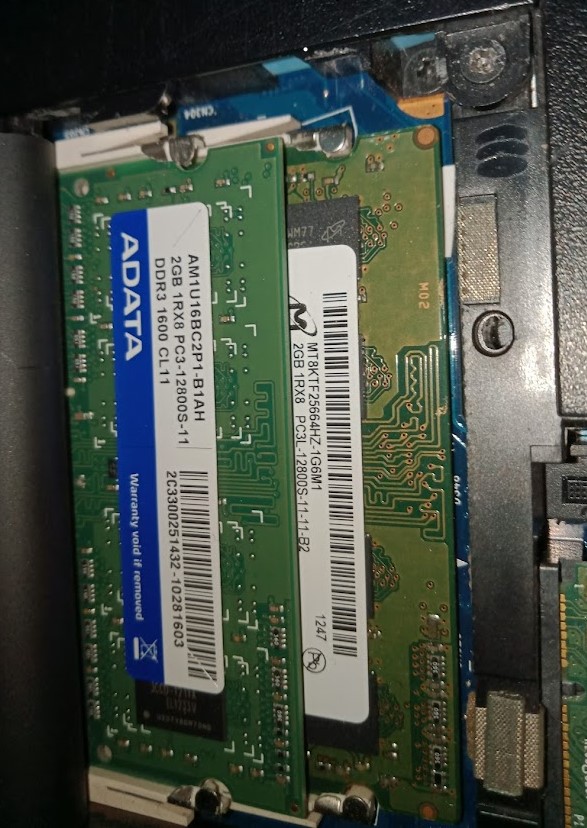Comparing: V-GeN 2GB MicroSD vs DDR3 SODIMM 1066MHz [Disk]
In this comparison, we analyze two Disks: V-GeN 2GB MicroSD and DDR3 SODIMM 1066MHz [Disk], using synthetic benchmark tests to evaluate their overall performance. This side-by-side comparison helps users understand which hardware delivers better value, speed, and efficiency based on standardized testing. Whether you're building a new system or upgrading an existing one, this benchmark-driven evaluation offers valuable insights to guide your decision.

V-GeN 2GB MicroSD
| Type: | Disks |
|---|---|
| Model: | V-GeN 2GB MicroSD |
| Capacity: | 2GB |
| Interface: | Standard SD |

DDR3 SODIMM 1066MHz [Disk]
| Type: | Disks |
|---|---|
| Model: | DDR3 SODIMM 1066MHz [Disk] |
| Capacity: | 2GB |
| Interface: | DDR3 |
Specification Comparison Table
| Specification | V-GeN 2GB MicroSD | DDR3 SODIMM 1066MHz [Disk] |
|---|---|---|
| Brand | V-GeN | - |
| Format | MicroSD | RAM Disk |
| Capacity | 2GB | 2GB |
| Interface | Standard SD | DDR3 |
Submission Comparison Table
| Benchmark Software | V-GeN 2GB MicroSD | DDR3 SODIMM 1066MHz [Disk] |
|---|---|---|
| ATTO Disk Benchmark - 64M |
Read: 17.54 MB/s Write: 9.72 MB/s |
Read: 1020.00 MB/s Write: 1080.00 MB/s |
| Cross Platform Disk Test |
Read: 22.41 MB/s Write: 10.27 MB/s |
Read: 658.01 MB/s Write: 265.28 MB/s |
| CrystalDiskMark |
Read: 18.25 MB/s Write: 10.70 MB/s |
Read: 746.24 MB/s Write: 828.18 MB/s |
About Hardware V-GeN 2GB MicroSD
V-GeN 2GB MicroSD is a 2GB capacity memory card, which is commonly used in older devices such as feature phones or MP3 players. With the MicroSD standard, it is compatible with a wide range of devices, although it has a lower transfer speed compared to the latest generation of memory cards.
Due to its small capacity, it is more suitable for light document storage or other basic needs.
Sunday, 27 November 2011 21:52:31 | Update: 1 month ago
About Hardware DDR3 SODIMM 1066MHz [Disk]
DDR3 SODIMM 1066MHz is a DDR3 SODIMM RAM module with a speed of 1066MHz, typically used in laptops or other compact devices. In a standard system, this RAM serves as the main memory for running applications and the operating system.
However, in specialized use, this RAM is configured as a RAMDisk, which is a temporary storage that utilizes RAM capacity to significantly increase data access speed compared to SSDs or HDDs. This use of RAMDisk allows for temporary storage of temporary files, application caching, or data processing with very low latency. In this experiment, RAMDisks are used to store data and test read and write speeds.
Wednesday, 26 December 2012 14:27:32 | Update: 1 month ago
